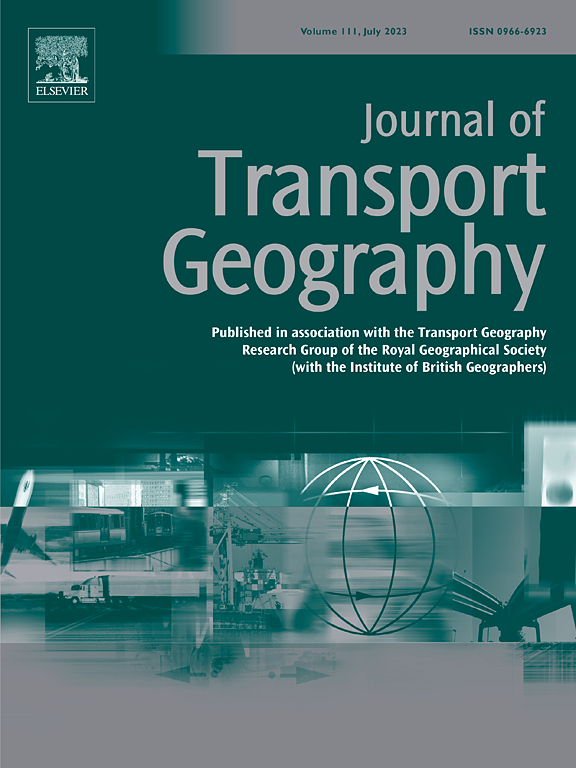Electric vehicle adoption and planning: The increasing importance of the built environment
IF 5.7
2区 工程技术
Q1 ECONOMICS
引用次数: 0
Abstract
Understanding how the built environment influences electric vehicle (EV) adoption is critical for EV-related investment decisions and policy-making, but the influence of built infrastructure and regional context on encouraging EV adoption and preparing infrastructure for EVs is less understood. To address this fundamental gap, we rigorously analyzed US EV sales data from 2012 to 2019, using state-of-the art supervised machine learning techniques. Our results indicate that accounting for non-linearities is especially important for explaining EV adoption. Our results outperformed prior studies by up to 25 %, with an out-of-sample adjusted of 0.92. Our analysis reveals that EV adoption is most influenced by owner-occupied residences, travel costs, charging infrastructure, and home solar installations. We also find that as adoption matures, the built infrastructure and regional context become increasingly more important for understanding EV adoption, suggesting that investment in EV-supporting infrastructure should be prioritized. Our results have implications for decision-makers who aim to understand the key drivers of EV adoption nationwide and how those drivers are changing.
电动汽车的采用和规划:建筑环境日益重要
了解建筑环境如何影响电动汽车(EV)的采用对于电动汽车相关的投资决策和政策制定至关重要,但建筑基础设施和区域环境对鼓励电动汽车采用和为电动汽车准备基础设施的影响却知之甚少。为了解决这一根本差距,我们使用最先进的监督机器学习技术,严格分析了2012年至2019年的美国电动汽车销售数据。我们的研究结果表明,考虑非线性因素对于解释电动汽车的采用尤为重要。我们的结果优于先前的研究高达25%,样本外校正R2为0.92。我们的分析显示,电动汽车的采用受自有住宅、出行成本、充电基础设施和家庭太阳能装置的影响最大。我们还发现,随着电动汽车采用的成熟,已建成的基础设施和区域环境对理解电动汽车采用变得越来越重要,这表明应优先考虑对电动汽车支持基础设施的投资。我们的研究结果对决策者具有启示意义,他们旨在了解全国范围内电动汽车采用的关键驱动因素以及这些驱动因素如何变化。
本文章由计算机程序翻译,如有差异,请以英文原文为准。
求助全文
约1分钟内获得全文
求助全文
来源期刊

Journal of Transport Geography
Multiple-
CiteScore
11.50
自引率
11.50%
发文量
197
期刊介绍:
A major resurgence has occurred in transport geography in the wake of political and policy changes, huge transport infrastructure projects and responses to urban traffic congestion. The Journal of Transport Geography provides a central focus for developments in this rapidly expanding sub-discipline.
 求助内容:
求助内容: 应助结果提醒方式:
应助结果提醒方式:


